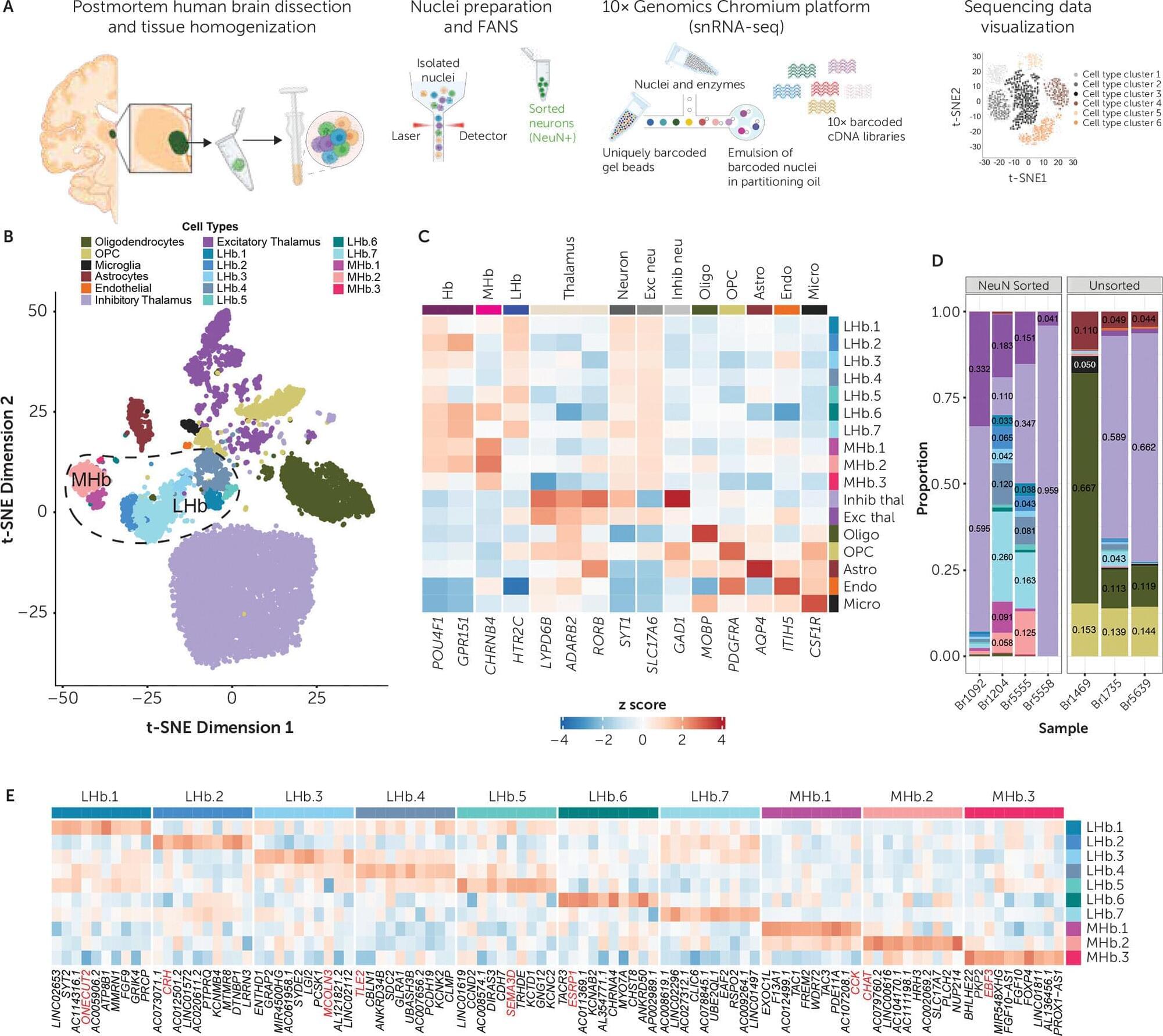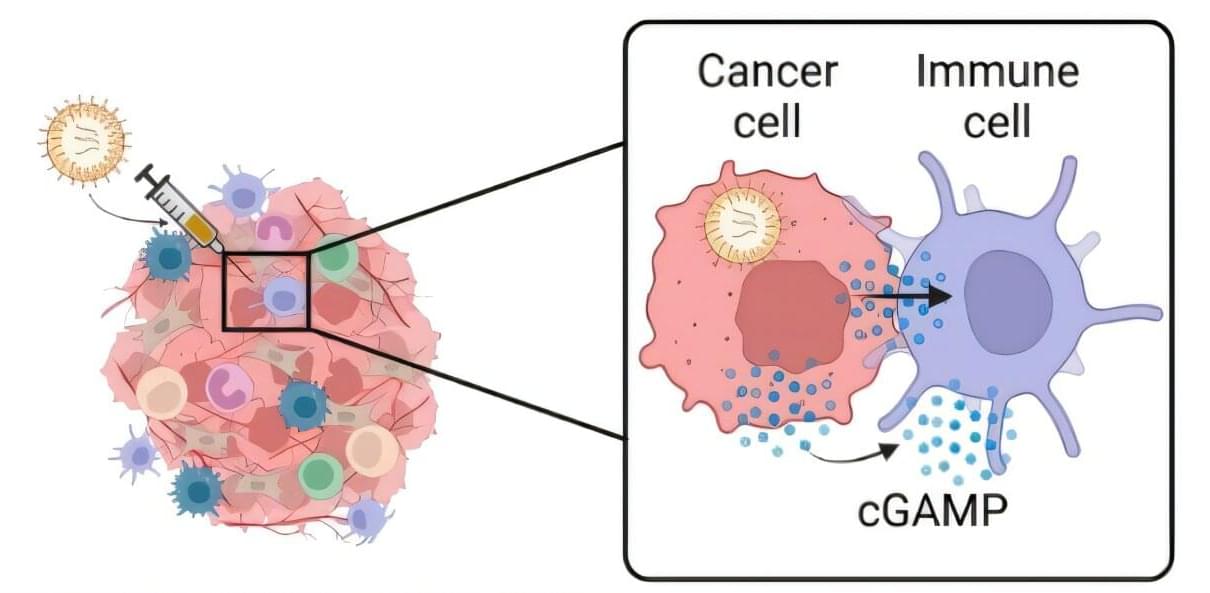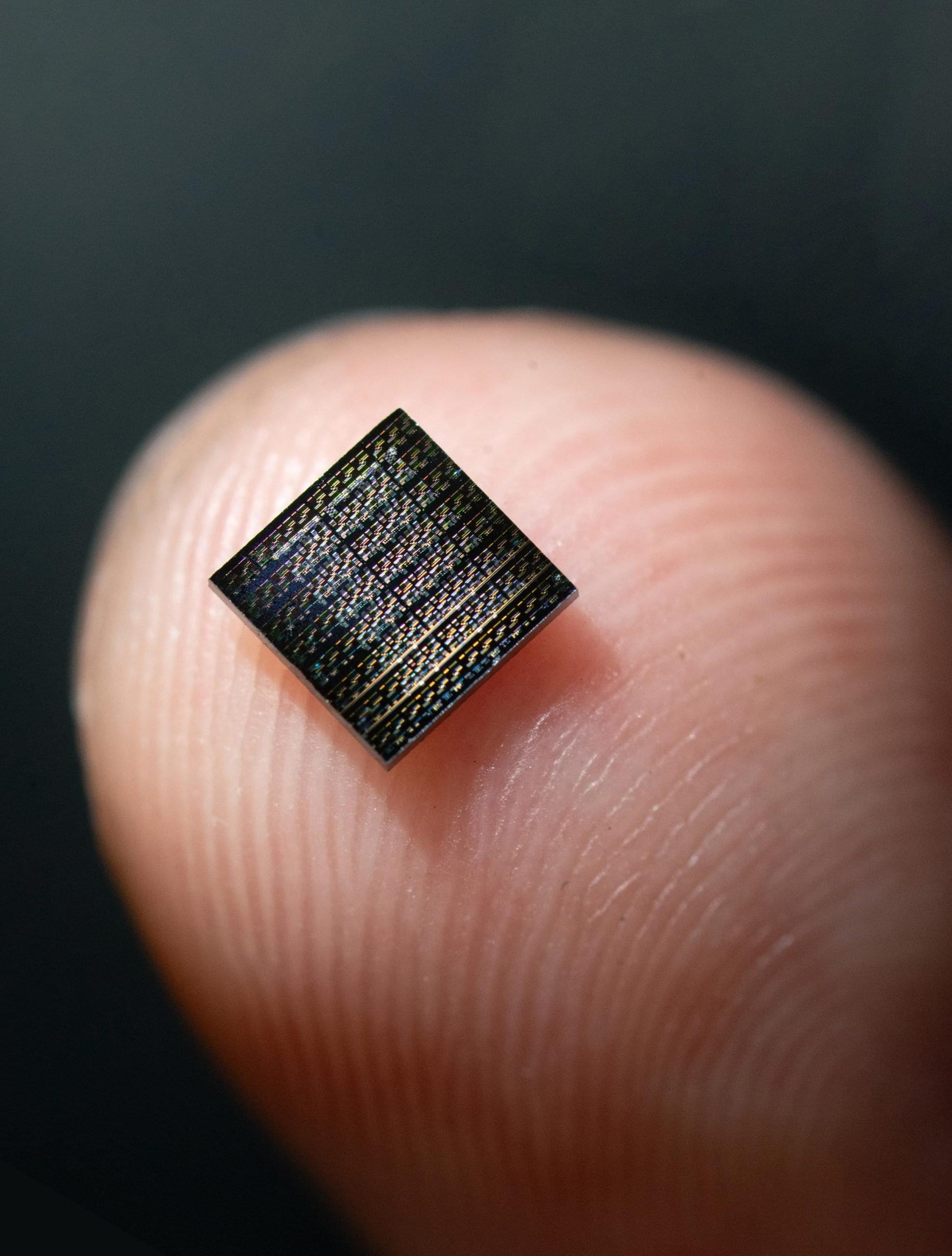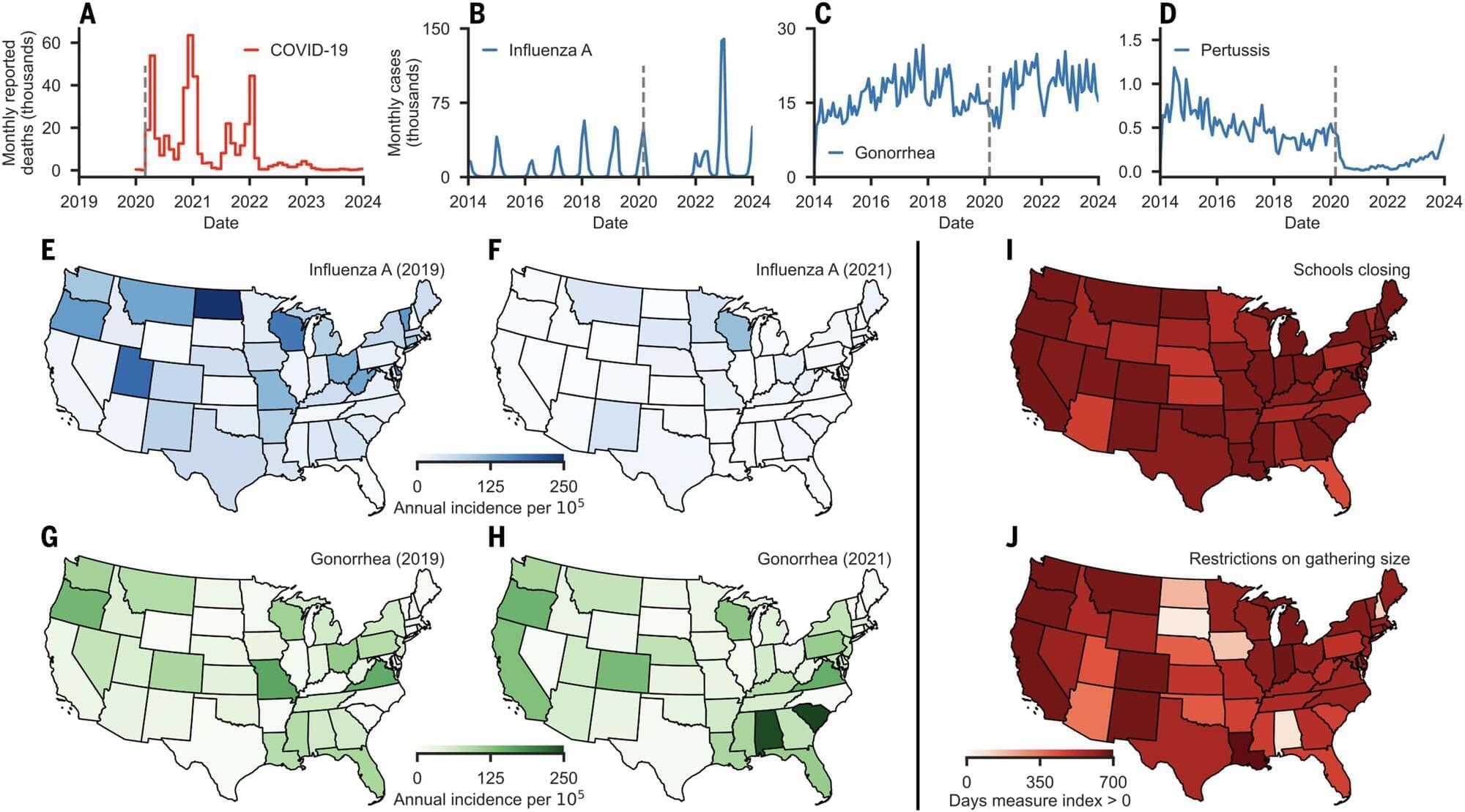Researchers uncover SleepyDuck RAT hidden in VSX extension, using Ethereum contracts to control infected hosts.



A remote access trojan dubbed SleepyDuck, and disguised as the well-known Solidity extension in the Open VSX open-source registry, uses an Ethereum smart contract to establish a communication channel with the attacker.
Open VSX is a community-driven registry for extensions compatible with VS Code, which are popular with AI-powered integrated development environments (IDEs) like Cursor and Windsurf.
The extension is still present on Open VSX as ‘juan-bianco.solidity-vlang’, albeit with a warning from the platform, and has been downloaded more than 53,000 times.

Microsoft security researchers have discovered a new backdoor malware that uses the OpenAI Assistants API as a covert command-and-control channel.
The company’s Detection and Response Team (DART) discovered the new malware, named SesameOp, during an investigation into a July 2025 cyberattack, which revealed that the malware allowed attackers to gain persistent access to the compromised environment.
Deploying this malware also enabled the threat actors to remotely manage backdoored devices for several months by leveraging legitimate cloud services, rather than relying on dedicated malicious infrastructure that could alert victims to an attack and be taken down during subsequent incident response.

New research published in the American Journal of Psychiatry provides new molecular insights into the role of the habenula, a pea-sized brain region that helps regulate motivation and mood, in contributing to the risk of schizophrenia. A team of researchers at Lieber Institute for Brain Development and Johns Hopkins found that many schizophrenia-related molecular changes appear to be specific to this region, suggesting the habenula could be a potential target for future treatments.
Schizophrenia is a heritable disorder, and a combination of multiple genetic variants contributes to it. This study sought to understand how molecular changes in the habenula region of the brain contribute to the development of schizophrenia. The authors note that they focused on the habenula because of its “emerging role in psychiatric disorders and functional influence on neurotransmitter systems impacted in schizophrenia.”
The study team, led by Ege A. Yalcinbas, Ph.D., used cutting-edge molecular techniques to analyze postmortem human brains, resulting in the creation of the first cell-by-cell and within-cell gene expression map of the human habenula (Hb). They then compared brain tissue from 35 individuals with schizophrenia and 33 nonpsychiatric donors.

An amazing paper (link:) where functional ultrasound imaging (fUSI) is used to explore how brain activity in the lateral intraparietal cortex (LIP) can predict visual saccades (eye movements) in two monkeys. An impressive array of computational analyses are used to extract insights from the imaged regions. Indeed, predictive models developed by the authors remained fairly stable over the course of up to 900 days! I happen to know two of the authors (Sumner L Norman and Mikhail Shapiro): congratulations to them and their colleagues on this excellent publication!
Our results demonstrate that PPC contains subregions tuned to different directions. These tuned voxels were predominately within LIP and grouped into contiguous mesoscopic subpopulations. Multiple subpopulations existed within a given coronal plane, i.e., there were multiple preferred directions in each plane. A rough topography exists where anterior LIP had more voxels tuned to contralateral downwards saccades and posterior LIP had more voxels tuned to contralateral upwards saccades. These populations remained stable across more than 100–900 days.
We observed large effect sizes with changes in CBV on the order of 10–30% from baseline activity (Fig. 3). This is much larger than observed with BOLD fMRI where the effect size was ~0.4–2% on similar saccade-based event-related tasks27,32. Our results support a growing evidence base that establishes fUSI as a sensitive neuroimaging technique for detecting mesoscopic functional activity in a diversity of model organisms, including pigeons, rats, mice, nonhuman primates, ferrets, and infant and adult humans23,24,25,33,34,35,36,37,38,39,40.
Several studies have reported a patchiness in direction selectivity with many neighboring neurons tuned to approximately the same direction followed by an abruption to a patch of a different preferred direction13,14,41. These results match very closely with the results observed in this study where we found clusters within LIP tightly tuned to one direction with differently tuned clusters in close proximity within a given plane. These results further emphasize the high spatial resolution of fUSI for functional mapping of neuronal activity. These results also closely match a previous study that used fUSI to identify the tonotopic mapping of the auditory cortex and inferior colliculus in awake ferrets where the authors found a functional resolution of 100 µm for voxel responsiveness and 300 µm for voxel frequency tuning34.

Activating this signaling pathway, known as the cGAS-STING pathway, worked even better when combined with existing immunotherapy drugs known as checkpoint blockade inhibitors, in a study of mice. That dual treatment was successfully able to control tumor growth.
The researchers turned on the cGAS-STING pathway in immune cells using messenger RNA delivered to cancer cells. This approach may avoid the side effects of delivering large doses of a STING activator, and takes advantage of a natural process in the body. This could make it easier to develop a treatment for use in patients, the researchers say.



Hair loss affects millions of people worldwide. Although treatments do exist, these solutions are costly and not always effective. Looking for a more lasting and effective solution, scientists have turned their attention to understanding the molecular mechanisms that regulate hair growth, leading to a new frontier in hair regeneration: dermal exosomes.

As the COVID-19 lockdown in 2020 stretched on, scientists watched for all sorts of unintended effects, from social to economic to environmental.
But the experts who predict disease transmission wondered specifically whether infectious diseases other than COVID-19 would surge after the prolonged isolation of the population. Would social distancing cause us to have less immunity to common diseases? Would those diseases rebound with deadly consequences?
In a paper published in Science, the University of Georgia’s Tobias Brett and Pejman Rohani explored which infectious diseases were impacted by COVID-19 control measures and, of those, which rebounded. They found airborne diseases were most likely to rebound—but not as much as some feared. Surprisingly, the incidence of sexually transmitted diseases remained low, even long after pandemic-era behaviors changed.